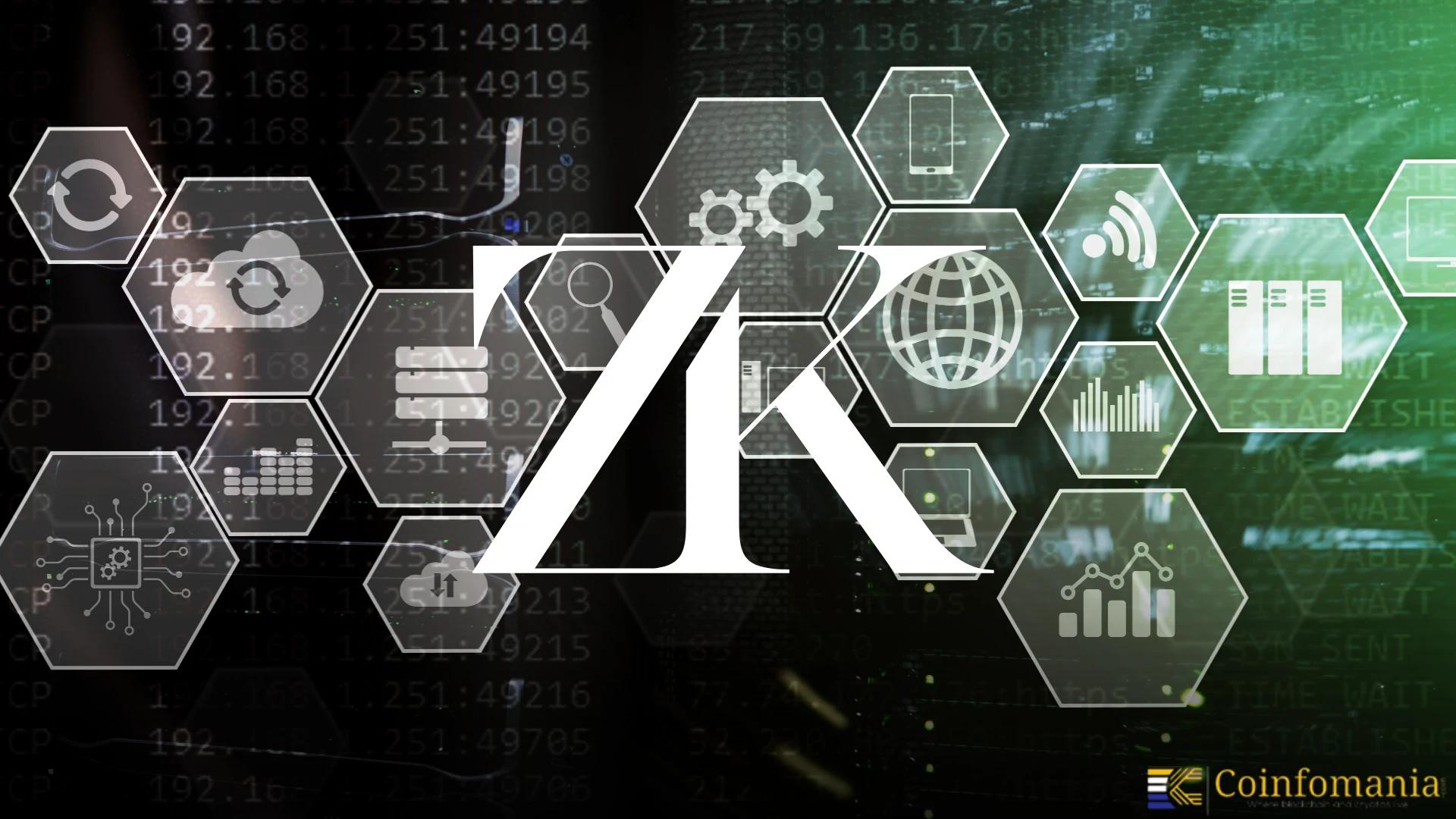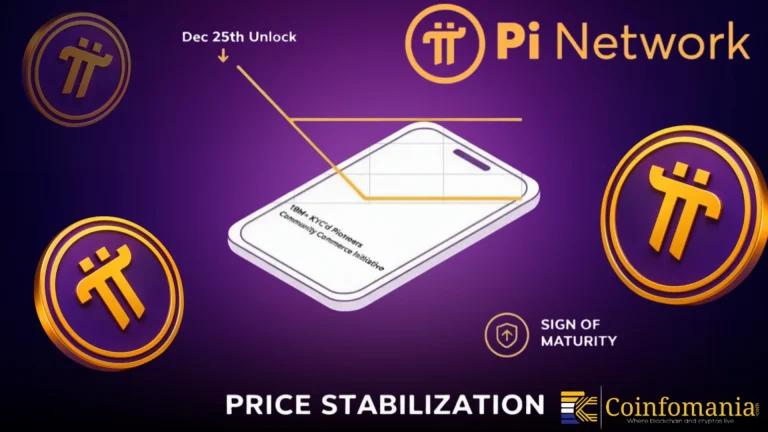ZK Technology Timeline Reveals Major Milestones
Claire Kart highlights ZK technology evolution from 1985–2025, covering milestones, blockchain adoption, and growing developer resources.

Quick Take
Summary is AI generated, newsroom reviewed.
Timeline spans 1985–2025, highlighting key ZK milestones.
Blockchain applications: KZG commitments, recursive SNARKs, Zcash deployment.
Modern systems: Halo recursion, universal SNARKs, zkDSLs, zkVMs.
Community growth: from small cryptographer group (2019) to broader developer adoption (2025).
A16z Crypto posted an infographic by Claire Kart describing the history of Zero-Knowledge (ZK) proofs. She looked back as far as 2019 when everything was small with few resources. She is aware of 80 percent of the timeline by 2025, which underscores personal and industry development.
6 years ago, when i first started working in zk, it was a tiny community of cryptographers and i understood nothing
— Claire Kart (@clairekart) October 23, 2025
plus there were no resources to learn
today, i read this and understood 80% of it
go find the thing that literally melts your face and try to understand it pic.twitter.com/QrPr4boloK
Early Foundations: 1985–2007
GM85 was the first example of ZK proofs, and it was in this work that GM proposed interactive zero-knowledge proofs. The sum-check protocol also allowed the verification of computation at scale in 1990. In 2007, structured proofs of possession (PoPs) enhanced privacy and preconditioned the appearance of practical applications.
In 2010, SNARKs also became based on KZG poly commitment. By 2013, the first SNARKs were efficient, and they allowed the use of blockchain. In 2016 recursive SNARKs were introduced, which permit composing and scaling proofs. Zcash (2017-2018) introduced zk-SNARKs, which use transaction information to conceal the data, and this became the first real world application.
Transparent Proofs and Rollups
With FRI, Bulletproofs, and Ligero, transparent poly commitment has also been presented in 2019. Halo recursion (20192020) lowered the set up costs and better efficiency. Scaling solutions on Ethereum also developed as validity rollups (20192022), which were adopted by StarkNet. Professional SNARKs such as Plonk, Marlin, and zkDSLs such as Circom and Halo(2) made the development of ZKs more accessible to a wider audience.
Modern Advancements: 2023+
By 2023, ZK technology moved to SNARKs using sum check based on zkVMs on standard instruction sets such as RISC-V. This enhanced better interoperability and allowed general-purpose blockchain computation. There is an increased access to educational resources such as 0xPARC guides and zk-learning.org by developers. The ZK rollups process billions of Ethereum transactions enhancing scalability and lowering costs. Claire started in 2019, having to maneuver in a small society with limited means. In 2025, she is conversant with 80 percent of ZK developments. She teaches people to read difficult issues that literally melt your face, and stresses on persistence and curiosity.
References
Follow us on Google News
Get the latest crypto insights and updates.
Related Posts

Pi Network Community Points to Stable Prices After Token Unlock
Shweta Chakrawarty
Author

Russia Discusses Nuclear Plant Use as Bitcoin Mining Idea Emerges
Shweta Chakrawarty
Author

Charles Hoskinson Praises Bitcoin and Cardano While Criticizing Ethereum’s Design
Triparna Baishnab
Author